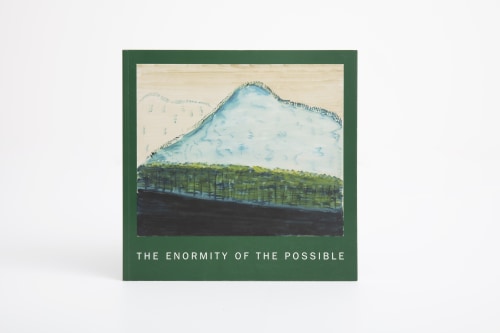“There should be applause,” begins artist Donald Judd’s enthusiastic review of Stuart Davis’s 1962 exhibition at the Downtown Gallery. “Davis, at sixty-seven, is still a hot shot.” At first glance, Judd’s assessment can seem surprising.
Born in 1892, Davis may well strike us today less as a hot shot of the American sixties—the heyday of Pop, Minimalism, and more—than as a creature of the early twentieth century. This likelihood is symptomatic of long-standing tendencies to understand 1945 as the start of an entirely new chapter within the history of American art, one inaugurated by Abstract Expressionism. Figures associated with that movement have in ways encouraged this view: Jackson Pollock remarked in 1944, “American painters have generally missed the point of modern painting from beginning to end”; Barnett Newman spoke of the need circa 1940 to “paint as if painting never existed before.” Though such claims served key rhetorical purposes, taken at face value they occlude what Judd’s text begins to reveal: the potent contemporaneity of early American modernists during the postwar years. Indeed, as the present exhibition makes clear, many modernists who came to prominence in the teens and twenties continued to develop and exhibit well beyond that period, proving vital touchstones and interlocutors for subsequent generations of artists."
—from the introductory essay to the catalogue, "The Postwar Work of American Modernism," by Katherine Markoski.
The catalogue for the gallery's 2017 exhibition includes an introduction by curator Priscilla Vail Caldwell, as well as Katherine Markoski's probing historical survey of the surprisingly direct links between early American Modernism and the subsequent Abstract Expressionist, Pop, and Minimalist movements; and illustrates nearly fifty works by Milton Avery, Charles Burchfield, Stuart Davis, Arthur Dove, Lee Krasner, John Marin, Jackson Pollock, Mark Rothko, and several other key artists—whose work, Caldwell and Markoski argue, laid the groundwork for nearly all the major developments of post-War American art.


